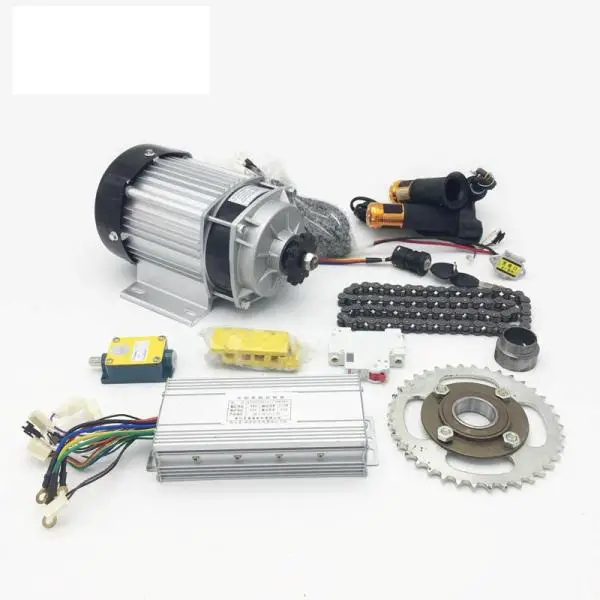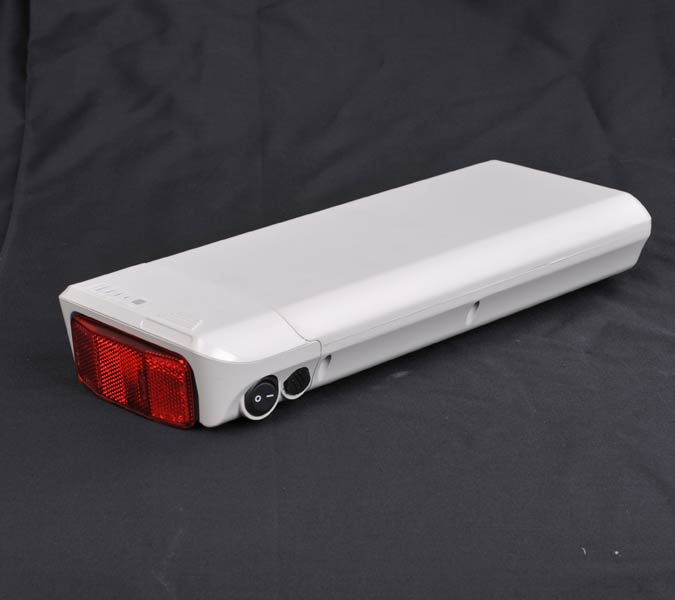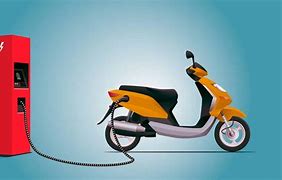Electric Vehicle The Silent Machine
The recent rise in popularity of electric two wheeler had a profoundly good effect on automobile innovations, it’s a need of the era, in terms of looking at the environmental effect of petrol/diesel-driven vehicles. It has revolutionized the sector and moved it towards a sustainable solution.
The acceptance and adoption of EV technology are increasing day by day, and there are many good reasons to look at the positive outcome of Electric vehicles. It is a user friendly, Eco friendly and if we see the long term use it is cost effective as well.
How does an Electric two-wheeler function (Technical), How does it actually work is a constant question in many of our minds?
In this article, we will examine the fundamental engineering and the operation of the key components that make up this extraordinarily effective silent machine i.e. electric two-wheeler.
I hope Everyone will get benefit from this post, I tried to make it easier here is a clear explanation of how electric two-wheeler vehicles work, and their inner engineering.
I am sure the piece of information in this article will definitely give the confidence, understanding of functions which gives a confidence to ride it comfortably.
The Electric Powertrain
Unlike conventional motorbikes and scooters(petrol driven), which use internal combustion engines. electric two-wheelers employ an electric powertrain.
This drivetrain’s engine, the electric motor, works by converting electrical energy from the battery into mechanical energy to propel the vehicle forward.
The most popular varieties of these motors are permanent magnet synchronous motors (PMSM) or brushless DC (BLDC) motors, which are recognized for their high efficiency and small size.

The Battery
The energy source for the electric motor in a two-wheeler is a rechargeable battery pack. The most popular type of battery is a lithium-ion battery because of its high energy density, lightweight, and long lifespan.
The battery pack is typically positioned inside the vehicle frame or under the seat, distributing weight evenly. By connecting the vehicle to a regular electrical outlet or a designated charging station, the rider can recharge the battery.

Throttle and Controller
Electric two-wheelers are fitted with a throttle and a controller to manage the speed and power output of the electric motor. The controller serves as the system’s brain, taking in information from the throttle and sending the proper instructions to the motor.
A sensor detects when the rider twists the throttle and transmits this information to the controller, which modifies the power provided to the motor to accelerate or decelerate the vehicle accordingly.
Regenerative Braking
The regenerative braking system on electric two-wheelers is a clever feature that helps save energy. When you use the brakes, it turns the motor into a generator, converting the bike’s movement into electricity.
This electricity is stored in the battery for later use, such as powering the motor or other bike systems. At the same time, it helps slow down the bike by using the resistance created by the motor acting as a generator.
This system improves the bike’s efficiency, allowing it to go farther on a single charge. It’s especially useful in stop-and-go traffic. However, regenerative braking alone may not bring the bike to a complete stop, so traditional brakes are still necessary for full stopping power.
Overall, the regenerative braking system makes electric bikes more energy-efficient and eco-friendly by saving and reusing energy that would be wasted during braking.
Inbuilt Charging and Range
Many electric two-wheelers come with an inbuilt charger for convenience. Riders can now directly plug their vehicles into a power source, doing away with the need for an additional charging station. The battery capacity and power output of the charger both affect how long it takes to charge. The battery typically needs a few hours to charge completely. Several variables, including battery capacity, vehicle weight, speed, and riding conditions, have a significant impact on the range of electric two-wheelers. The range of these vehicles keeps becoming better thanks to advancements in battery technology.
Conclusion
Electric two-wheelers provide a viable and effective substitute for conventional motorbikes and scooters that are powered by petrol. We can appreciate the technology underlying these vehicles and how they might change urban mobility if we comprehend how they operate.
We may anticipate even more spectacular electric two-wheelers in the future as battery technology and electric motor efficiency improve. Therefore, you’ll have a better knowledge of how an electric scooter works and how it contributes to a greener future the next time you see one zooming by silently.

